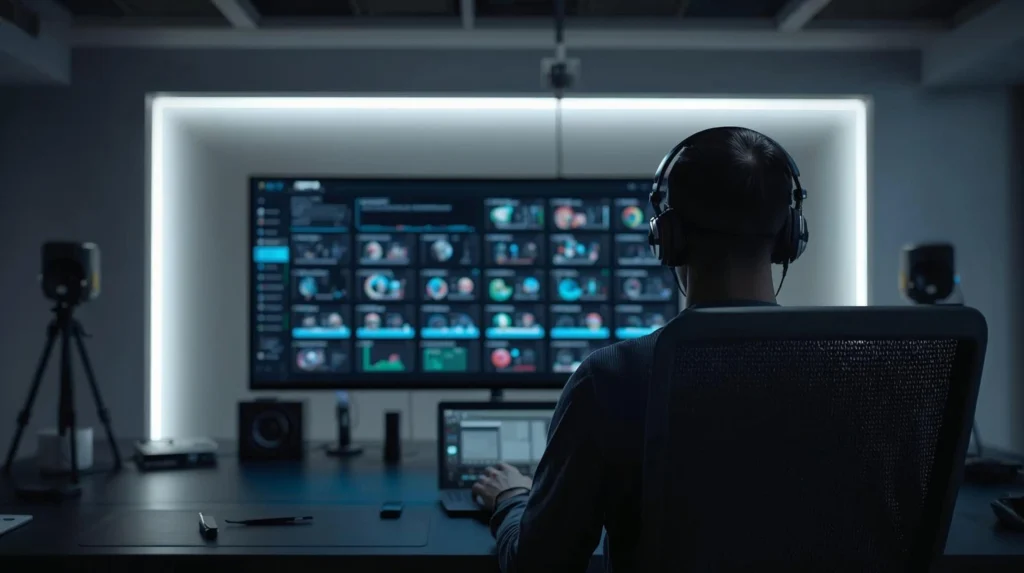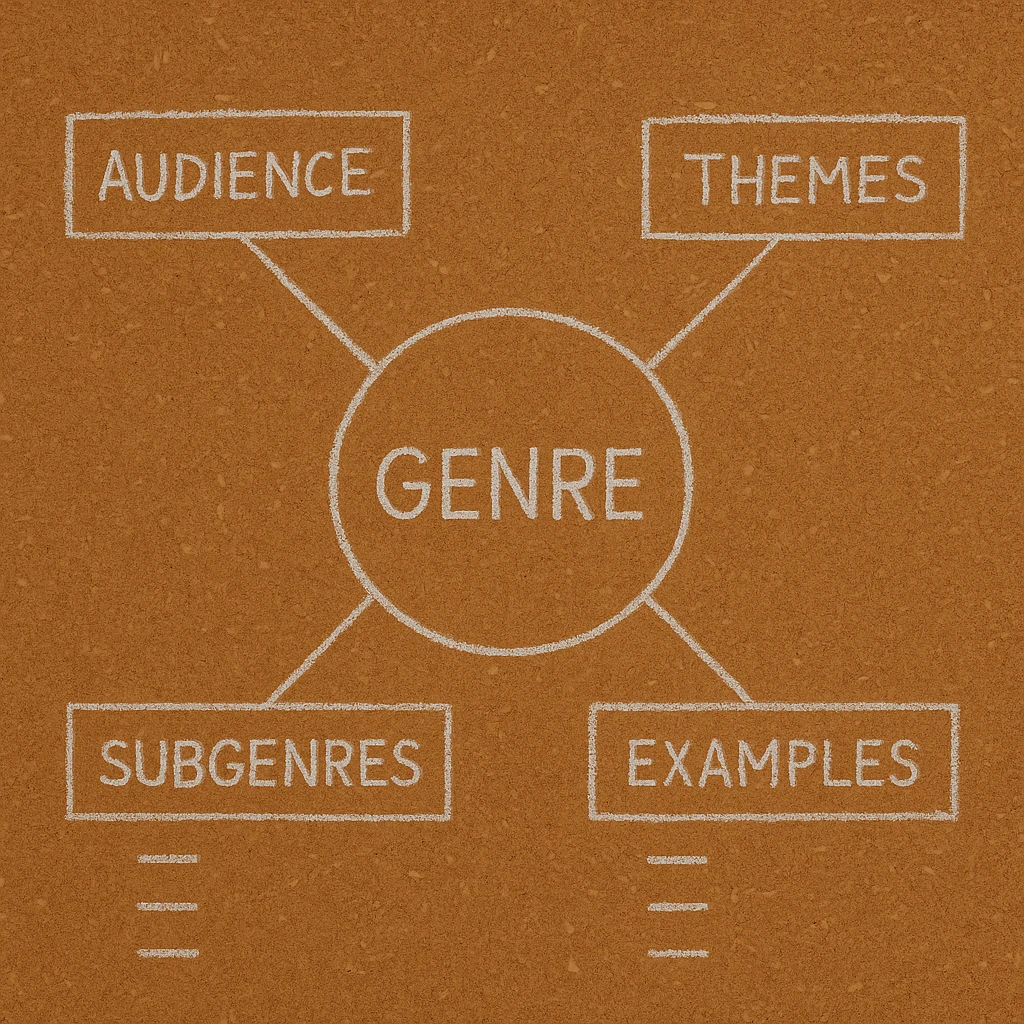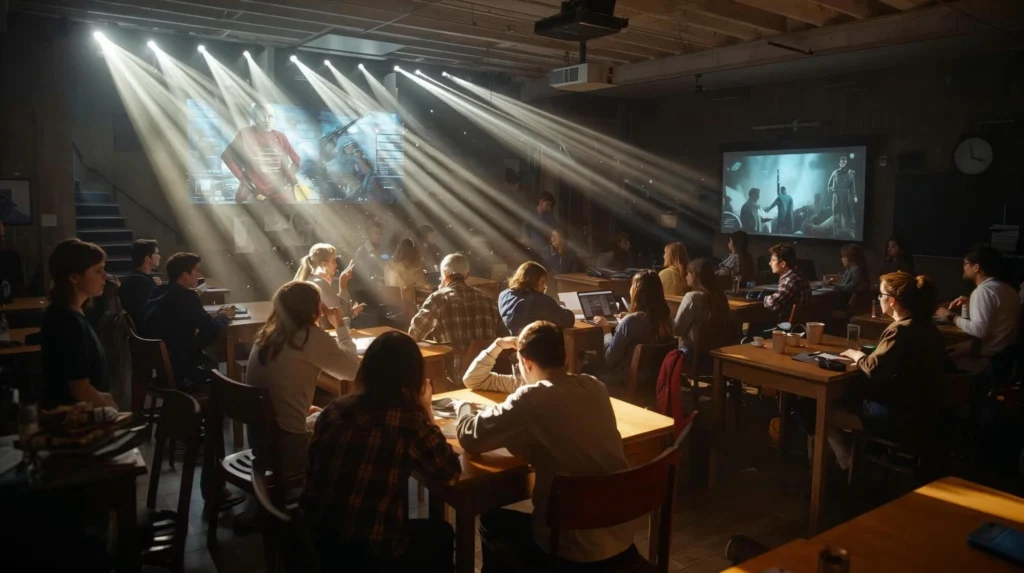
Understanding the Genre Deep Dive Framework
A genre deep dive framework is a structured way to explore, analyze, and expand creative categories with depth and precision. In 2025, content ecosystems demand more than surface commentary. This framework helps creators, marketers, and educators break down a genre’s DNA—its history, audience behaviors, and emerging intersections—so they can produce sustainable, high-value digital content.
The framework provides a replicable method that turns ideas into structured storytelling. It supports hybrid creators who want to balance creativity with data-driven direction. By treating genres as evolving systems rather than fixed labels, your framework aligns with both SEO and human interest—two engines of online relevance.
Why a Framework Matters in 2025
Modern algorithms prioritize content authority, while audiences seek authenticity and insight. A genre deep dive framework bridges these goals.
It creates consistency in how you explore topics, yet leaves room for originality.
It anchors your workflow in measurable quality signals: expertise, relevance, and trust.
From music and film to technology and lifestyle niches, each field benefits from a repeatable model that ensures you cover not only what’s trending, but why it matters. This prevents your platform from becoming a cycle of fleeting headlines and builds long-term credibility.
Core Pillars of the Genre Deep Dive Framework
Each pillar strengthens analytical depth and creative cohesion.
Definition and Boundaries
Start by defining what makes a genre distinct. Clarify boundaries—stylistic, thematic, and demographic. The framework begins with taxonomy. Understanding the limits of a genre lets you later explore how it breaks them.
Historical Trajectory
Study the genre’s evolution. History reveals patterns of audience adaptation. Knowing where a trend began makes your interpretation of the present more informed and predictive.




Structural Analysis
Dissect the recurring forms, tones, and devices inside the genre. This could mean narrative arcs in storytelling, color motifs in design, or tonal progressions in music.
A genre deep dive framework identifies these inner mechanics to reveal what the audience subconsciously expects.
Market and Audience Mapping
Profile the active audience. Combine analytics with observation. Ask what they search, share, and skip. When you align creative output with audience sentiment, you gain both traction and retention.
Trend and Innovation Scanning
Every genre mutates. Spot emerging hybrids and aesthetic crossovers. Tracking these signals ensures your framework evolves with culture rather than lags behind it.
Integrating SEO Without Losing Authenticity
The success of your genre deep dive framework depends on natural keyword integration and topic depth, not keyword stuffing. Maintain 1.5 %–2 % density, distribute terms in introduction, section titles, mid-body, and conclusion.
Google evaluates topical authority through related terms, semantic richness, and internal linking. Add connections to other sections of your creative ecosystem—for example, artificial intelligence tools that assist with data-driven research or creative analytics.
Each internal link reinforces topical clusters, helping search engines understand your site’s expertise network.
External do-follow links, such as global trend reports or analytical research, validate your claims and enhance credibility. For example, the World Economic Forum’s Digital Content Trends 2025 report illustrates how evolving content ecosystems reshape audience behavior. Linking to high-authority domains signals reliability, a key metric for AdSense and organic ranking.
Building a Sustainable Workflow
Implementing a genre deep dive framework requires discipline.
You can follow these guiding points:
- Create a modular template for every genre study—sections for history, structure, and innovation.
- Use visual markers like infographics or timeline bars to translate dense data into digestible form.
- Plan recurring updates: revisit each deep dive every six months to refresh statistics and add new interpretations.
- Centralize sources: maintain an archive of verified references for transparent citation.
- Automate research cues with AI tools, but keep human oversight for tone, logic, and context.
These habits reduce cognitive load and keep your workflow efficient while preserving human creativity.
Cross-Genre Insights and Hybrid Creation
2025 marks a shift toward hybrid genres—where business, design, gaming, and art interconnect. A solid genre deep dive framework lets you navigate this blend intelligently.
For instance, understanding how “interactive storytelling” merges cinema and gaming helps predict monetization formats such as gamified learning or branded narratives. Cross-genre insights multiply your creative leverage: one deep dive can spark ten content directions, each monetizable through ads, sponsorships, or digital products.
Data, Feedback, and Iteration
Professional frameworks are dynamic. Collect analytics from each published deep dive—scroll depth, dwell time, backlink count, and engagement. Identify which genres trigger conversion spikes or social sharing. Then iterate.
Data guides refinement: maybe your readers prefer analytical visuals, or they engage more with cultural commentary. Feed those insights back into your next genre deep dive framework version. Evolution keeps the framework alive and profitable.
Ethical and Cultural Awareness
Depth without responsibility is noise.
A 2025-ready framework acknowledges representation, diversity, and data ethics.
When examining genres tied to identity or region, verify cultural context and attribution. Cite original creators. Transparency earns trust and protects your platform’s integrity.

Connecting Framework to Revenue Systems
A genre deep dive isn’t only a knowledge product—it’s an economic driver. Each post can link to courses, digital assets, or memberships. The key is contextual alignment. The framework makes monetization feel organic, not intrusive.
Possible integrations include:
- Affiliate links to educational tools or software that aid research.
- Premium reports offering extended trend analysis.
- Newsletter subscriptions promising next-month updates.
- These options grow hybrid income streams without violating reader trust or AdSense policy.
Example in Practice
Consider analyzing the “sci-fi cinematic universe” genre. Apply each pillar: define its narrative codes, trace its evolution from pulp novels to immersive VR, study structural tropes like the hero’s duality, track emerging subgenres like eco-sci-fi, and identify monetization touchpoints (interactive streaming, transmedia storytelling).
Through this lens your genre deep dive framework becomes not only theoretical but operational—a content engine that transforms complex cultural shifts into readable, searchable, and shareable insight.
The Future of Genre Exploration
Genres will keep blending, fracturing, and reforming. Artificial intelligence accelerates content creation, but genuine perspective still defines leadership. Your framework acts as the stabilizing architecture amid algorithmic chaos.
By 2025 and beyond, credibility will belong to creators who combine strategic structure with creative intuition. A tested genre deep dive framework positions you in that league—relevant, data-literate, yet unmistakably human in voice.
Conclusion: From Framework to Influence
Applying this framework consistently turns isolated posts into a cohesive knowledge grid. Each analysis links backward and forward, forming a self-sustaining ecosystem. Search engines read it as authority; audiences feel it as reliability.
Integrate SEO precision, ethical depth, and economic foresight. Keep updating your methods as genres evolve and technology transforms consumption. When done right, your genre deep dive framework is not just a research method—it’s the architecture of your creative brand.



